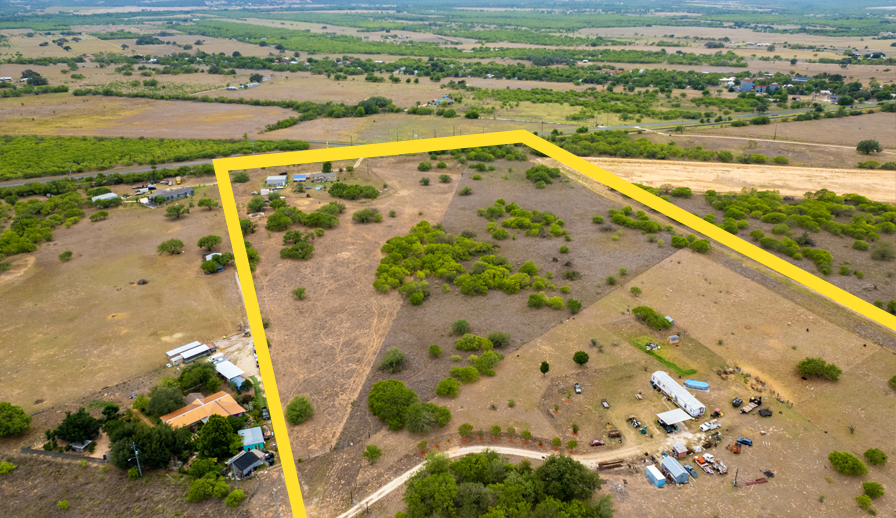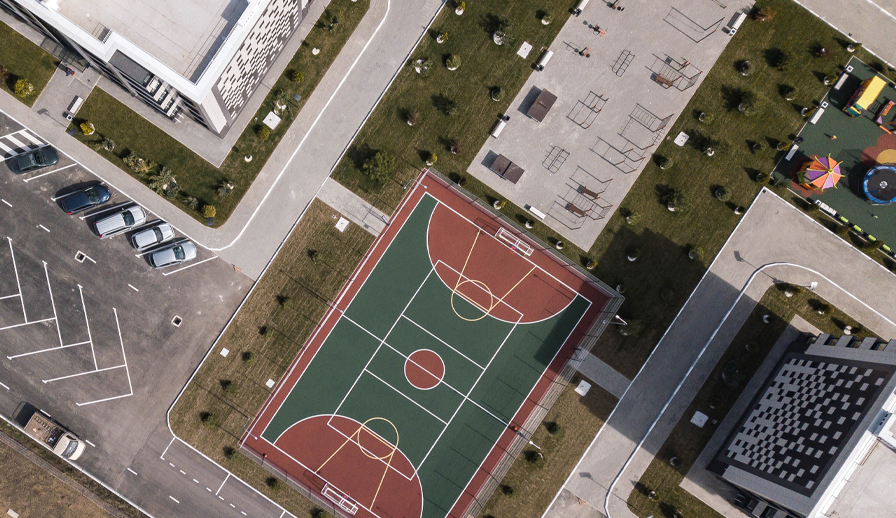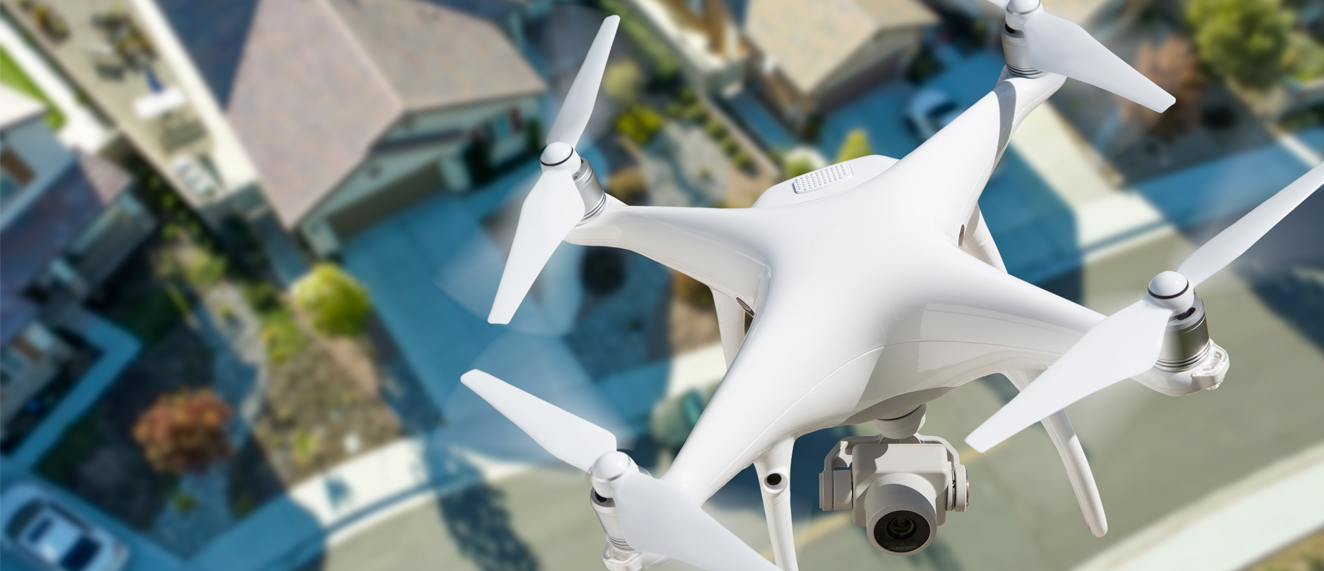REALTORS® want to present properties they’re selling in the best possible light, especially when highlighting a great lot or neighbourhood. That’s where drones can really have a positive impact.
“Many clients in cottage country, or with waterfront properties, would expect drone photography,” says Asif Khan, a REALTOR® and broker of record with RE/MAX Prime Properties in Toronto, Ontario. “It is relatively new to single family residential, or condo listings.”
A drone is an unmanned aircraft, fixed with a camera that’s operated remotely by an individual, that can be used for a variety of applications – aerial photography, videography, recreation, surveillance, data collection, and search and rescue.
With an increased prevalence on drone footage, it’s no surprise many clients are now expecting their REALTOR® to offer this service. Drone footage can better showcase the layout and surroundings in a way that ground-level photography or video cannot capture.
That’s especially true if the property has extensive landscaping the REALTOR® wants to show, like a backyard deck area, gardening, attractive treescape – making it even more appealing to potential buyers.

Drones are a key tool in creating a virtual tour experience for potential buyers, making it possible to fully explore the interior and exterior of a property from anywhere.
“The drone provides a bird’s eye view of the property and will provide buyers with a view they would not get even when visiting the property in person,” Khan says. “The drone allows an aerial view of the lot as well as point out the proximity of the home to landmarks within the area.”
While still in its infancy, Khan says members of his team have used drones in single family residential sales to highlight proximity to transit, parks, schools and amenities. They’ve also used it more to highlight the closeness of a condo to transit, not to mention sending up a drone to picture the property from outside the condo balcony to showcase views.

“I use drone footage for building lots, and estate homes with big property, commercial property, and anything that has special architectural highlights,” says Tim Hill, a REALTOR® and salesperson with RE/MAX All Points Realty in New Westminster, British Columbia. “When it makes sense, I will suggest it [to clients], and they’re always excited [when I do].”
Using a drone is also an effective way for a REALTOR® to assess the condition of the property, Hill said, like the gutters, roof, and other areas that might be difficult to reach, issues that can be addressed before the property is listed.
“I just bought [a drone] for myself,” says Katherine Minovski, a REALTOR® and broker with Royal LePage Your Community Realty Inc. in Unionville, Ontario. “It provides additional information for someone seeking to purchase a home or investment property. I typically don’t get asked for drone footage unless the property is larger. Buyers tend to just want to see property lines, so I use a landscape photo and draw out the shape of the lot. It would be great to try to incorporate that in a drone video somehow.”
“If you have a client with an investment property that has a lot to show on the exterior or even interior (commercial property perhaps) then I would add the drones to your marketing package. For exterior shots, you must ensure it’s a clear, dry day prior to moving ahead or reschedule for another day.”
Unless you’re trained, it’s also recommended to hire a company that provides drone services. As Hill said, he relies on his marketing team when opting to use a drone.
Looking for more ways to improve your marketing? Learn how REALTOR.ca Local Insights can help you from CREA’s in-house marketing expert.
There also are legal requirements. Transport Canada continues to amend the Canadian Aviation Regulations when it comes to remotely piloted aircraft systems (RPAS), or drones. The first set of regulations were issued in 2019, addressing safety concerns, creating more flexibility for the usage of small drones flown within visual line-of-sight.
Drone technology has advanced, however, with more medium-sized RPAS capable of flying beyond visual line-of-sight. The technology and different uses of drones continue to outpace existing government regulations, a barrier to the continued growth of what is a multibillion-dollar industry. Those who operate a medium-sized drone beyond visual line-of-sight, for example, need to get a Special Flight Operations Certificate.
New regulations will likely have little impact REALTORS® since they do not typically fly medium-sized drones beyond visual line-of-sight. Still, it’s recommended REALTORS® who use drones read up on proposed regulations to gain a better understanding of changes coming to the drone sector so they’re in compliance.
“The consumer has become used to seeing ‘more’ of the property online prior to scheduling showings,” Khan says. “The right time to start including drone videos was a few years ago. Today, drone footage is something that the consumer will expect when offering premium quality service.”





Hi, great article. I run a small drone business and am very interested in getting into the real estate market. I’m licensed and insured.
Just looking for direction on where to start.
Thank you.
I have my Commercial Drone Pilot’s license and do all my own drone video and still photography. It’s a great way of showcasing a listing.